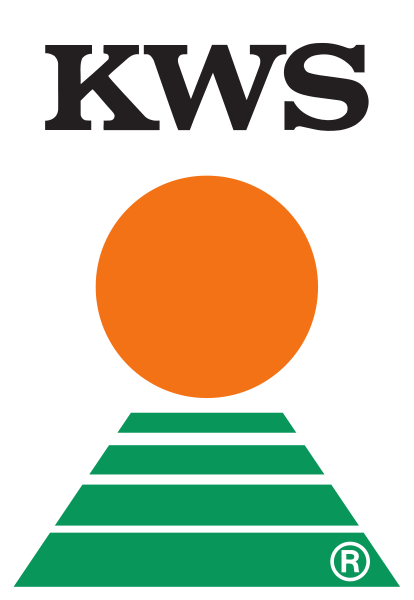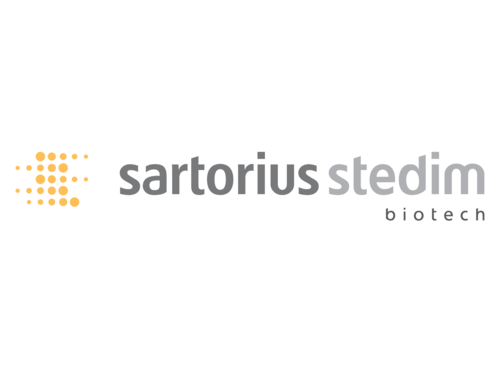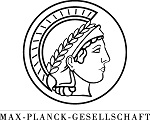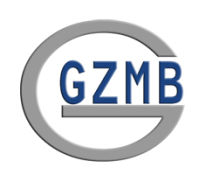Team:Goettingen/Project
From 2012.igem.org
| Line 558: | Line 558: | ||
| - | <p align="justify" style="line-height:1.6em"> | + | <p align="justify" style="line-height:1.6em/i> faster and how do they need to be regulated to achieve this? Naturally, genes that code for parts of the bacterial motor, the flagellum, were selected for testing as well as "> |
<table> | <table> | ||
<tr><td> | <tr><td> | ||
| Line 634: | Line 634: | ||
[2] Sourjik V., Armitage J. P. (2010). Spatial organization in bacterial chemotaxis. EMBO J.<br> | [2] Sourjik V., Armitage J. P. (2010). Spatial organization in bacterial chemotaxis. EMBO J.<br> | ||
[3] Hazelbauer G. L., Falke J. J., Parkinson J. S. (2008). Bacterial chemoreceptors: high-performance signaling in networked arrays. Trends Biochem Sci. <br> | [3] Hazelbauer G. L., Falke J. J., Parkinson J. S. (2008). Bacterial chemoreceptors: high-performance signaling in networked arrays. Trends Biochem Sci. <br> | ||
| - | + | ||
</td></tr> | </td></tr> | ||
Revision as of 15:13, 25 August 2012

|
Language:
| Our Project
Our project was born from the idea to create a real champion: the fastest E. coli in the world. As funny as this may sound at first, soon we were at the development of an ambitious plan to create our "Homing Coli" and apply its speed for selective purposes. The ultimate goal was a fast swimming E. coli strain which would be able to recognize specific molecules on a mutagenized receptor and head towards gradients of these substances on swimming agar plates. If this approach worked, it might be put to use for the recognition of various molecules such as pollutants, toxins or even cancer cell markers. As our planning moved on, we soon created three different focus groups which should work in parallel on the biggest and most crucial components of our project.
| Chemotaxis
| Poster
|
↑ Return to top
Team Göttingen Sponsors and Supporter |
 |  |



|
 "
"




